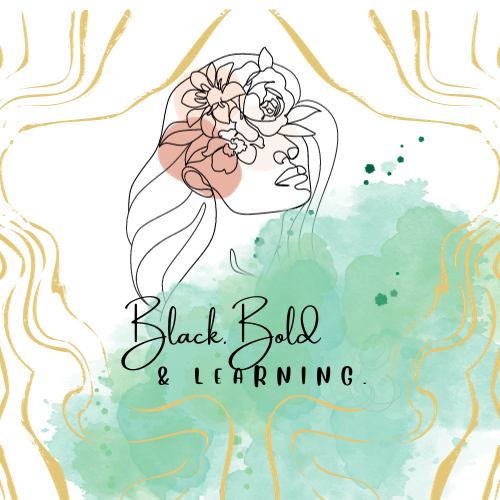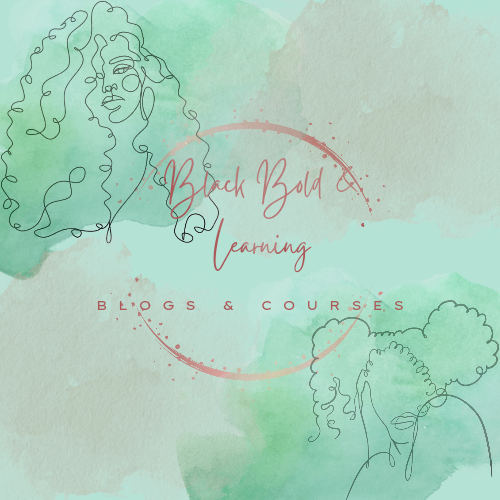From Anxious to Empowered: Healing Anxious Attachment Styles
Ever heard of "anxious attachment"? It might sound like a fancy term, but it's something many of us experience without even realizing it. This complex dynamic, rooted in the work of Mary Ainsworth and John Bowlby, can leave us grappling with emotional pain and yearning for secure connections. Imagine a scenario where a caregiver's affection feels like a rare treasure, always uncertain and fleeting. That's what anxious attachment feels like – clinging to any scraps of attention, fearing it might disappear forever.
Consequences of not healing anxious attachment styles?
If you're curious about the fascinating research behind this, Mary Ainsworth's studies delve deeper than I can here, explaining how these patterns develop and why some gravitate towards anxious, avoidant, or dismissive styles. The consequence? Often, a fear of abandonment takes root, along with low self-esteem and a tendency to please others just to be loved. Remember my previous post on breadcrumbing? It explored how anxious attachment plays out in relationships, not just romantic ones, but with friends and family too. If you haven't checked it out yet, it's worth the read!
Your Attachment Label Isn’t Forever!
But here's the good news: labeling yourself as "anxious" or "avoidant" isn't a life sentence. Attachment styles are surprisingly fluid, and the journey toward a secure connection is within reach. I used to fall squarely into the avoidant camp until I realized something unexpected – in certain relationships, my anxious side reared its head! Now, I wouldn't call my relationship history the epitome of security, but I know with work and reflection, it's achievable.
So, what does a secure attachment style offer?
Healthy relationships with clear boundaries, emotional stability, and the confidence to navigate life's ups and downs. Today, I want to equip you with the stepping stones to embark on that journey and discover a more fulfilling way to connect with yourself and others. It's time to begin healing your attachment style, overcome emotional pain, and step into a secure future. Ready to ditch the anxious whispers and build a foundation of self-love and secure connections? Let's get started!
Unpacking Your Anxious Attachment Backpack: Healing Emotional Pain, Building Secure Connections
Ever feel like your heart hangs by a thread in relationships? Like emotional pain is a familiar echo from past hurts and anxieties whisper in your ear? If so, my friend, you might be carrying the weight of an anxious attachment style.
Anxious attachment isn't just a label, it's a story etched onto your soul by past experiences. It's the constant fear of abandonment, the crippling need for reassurance, and the push-pull dance that leaves you longing for connection but terrified of getting too close. This emotional pain, a heavy burden in your backpack, manifests in diverse ways:
The Clinger: You cling to partners for fear of being alone, suffocating relationships with neediness.
The People-Pleaser: You bend over backward to avoid disapproval, sacrificing your own needs and desires.
The Hot and Cold: You push away intimacy, fearing vulnerability, then ache for the connection you just severed.
But these anxious patterns, though rooted in past wounds, don't have to define your future. Healing your attachment style is possible, and this blog post is your first step, your pen a scalpel to gently unpack the emotional baggage we carry.
Let's delve into your backpack together:
Trace the scars: Where do you feel anxious attachment in your life? Relationships, friendships, family?
Identify your coping mechanisms: How do you react to insecurity? Clinging? People-pleasing? Hot and cold?
Feel the impact: How are these behaviors impacting your life? Missed opportunities, conflict, self-doubt?
This self-reflection is your ticket to liberation. Don't stop here! Dive deeper with resources like "Attached" by Amir Levine and Rachel S.F. Heller, articles on attachment theory, or even personality quizzes. Every insight is a piece of the puzzle, every understanding a step towards healing.
This blog post series is your companion on this journey. Together, we'll unpack anxieties, equip you with tools to manage emotional triggers and build the resilience for secure connections. We'll learn to rewrite the narrative in your backpack, replacing fear with confidence, neediness with self-love, and the dance of push-pull with a secure embrace.
Remember, healing is a process, not a destination. This blog post is your first breath of fresh air, your invitation to join me on this path. So, grab your pen, turn the page, and let's unpack your anxious attachment backpack together. It's time to leave the emotional pain behind and write a new story of vulnerability and secure connection.
Ready to leave anxious whispers and emotional pain behind?
Unpacking your attachment style isn't about dusting off old memories, it's about laying down the heavy burdens they left behind. It's about healing the wounds that make relationships feel like a battlefield and building the confidence to step into connections rooted in trust and security.
Here's your call to action, your invitation to step into a brighter future:
Visit my "About Me" page: Learn more about my journey through anxious attachment and how I transformed it into a mission to empower others.
Explore my blog series: Dive deep into the chapters of your "Anxious Attachment Backpack" and discover actionable tools for healing emotional pain and rewriting your relationship narrative.
Join my free e-course: Get a taste of the powerful strategies I offer in my coaching program, with practical exercises to manage anxieties, build self-compassion, and cultivate secure connections.
Schedule a discovery call: Let's chat about your unique journey and explore how personalized coaching can accelerate your healing and build the fulfilling relationships you deserve.
Remember, you're not alone in this. Anxious attachment might have brought you here, but with the right tools and support, you can rewrite your story, one chapter at a time.




